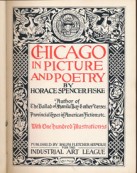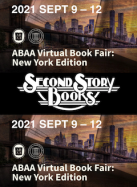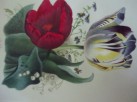Special List 428: Pre-1900 Mexican, Central & South American Imprints Related to Agriculture
By Richard C. Ramer, Old & Rare BooksSpecial List 428: Pre-1900 Mexican, Central & South American Imprints Related to Agriculture 28 items, with full color illustrations









